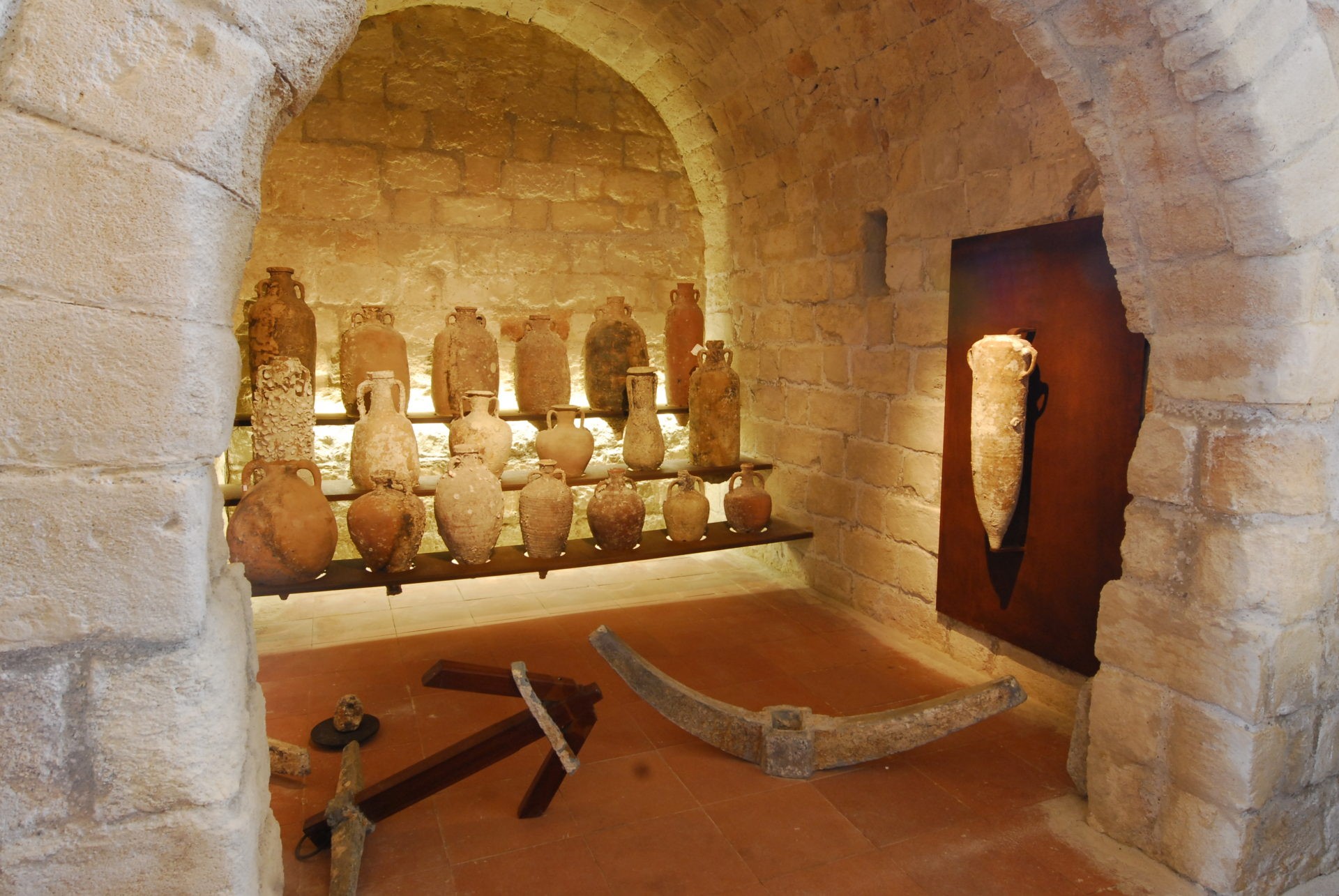
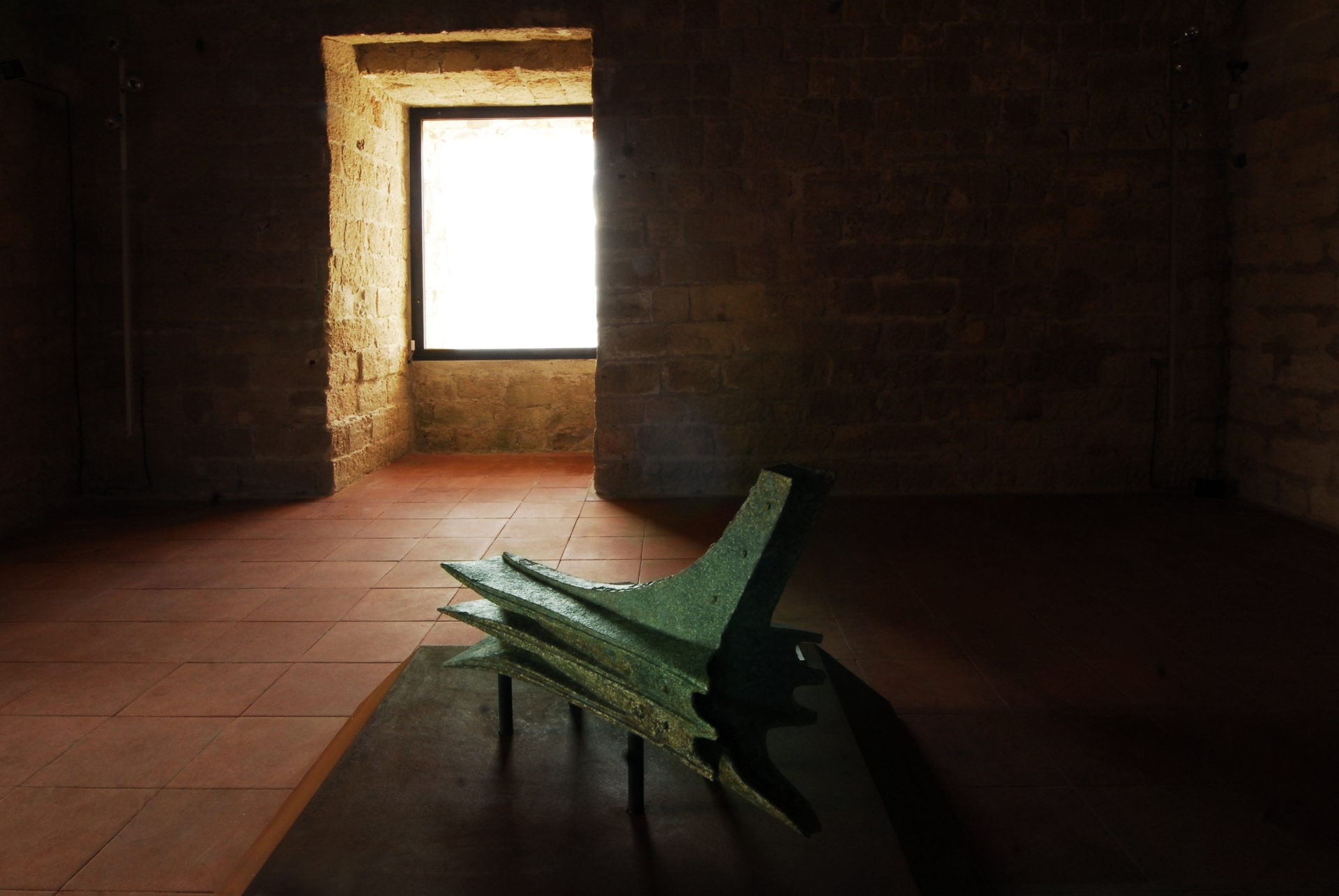
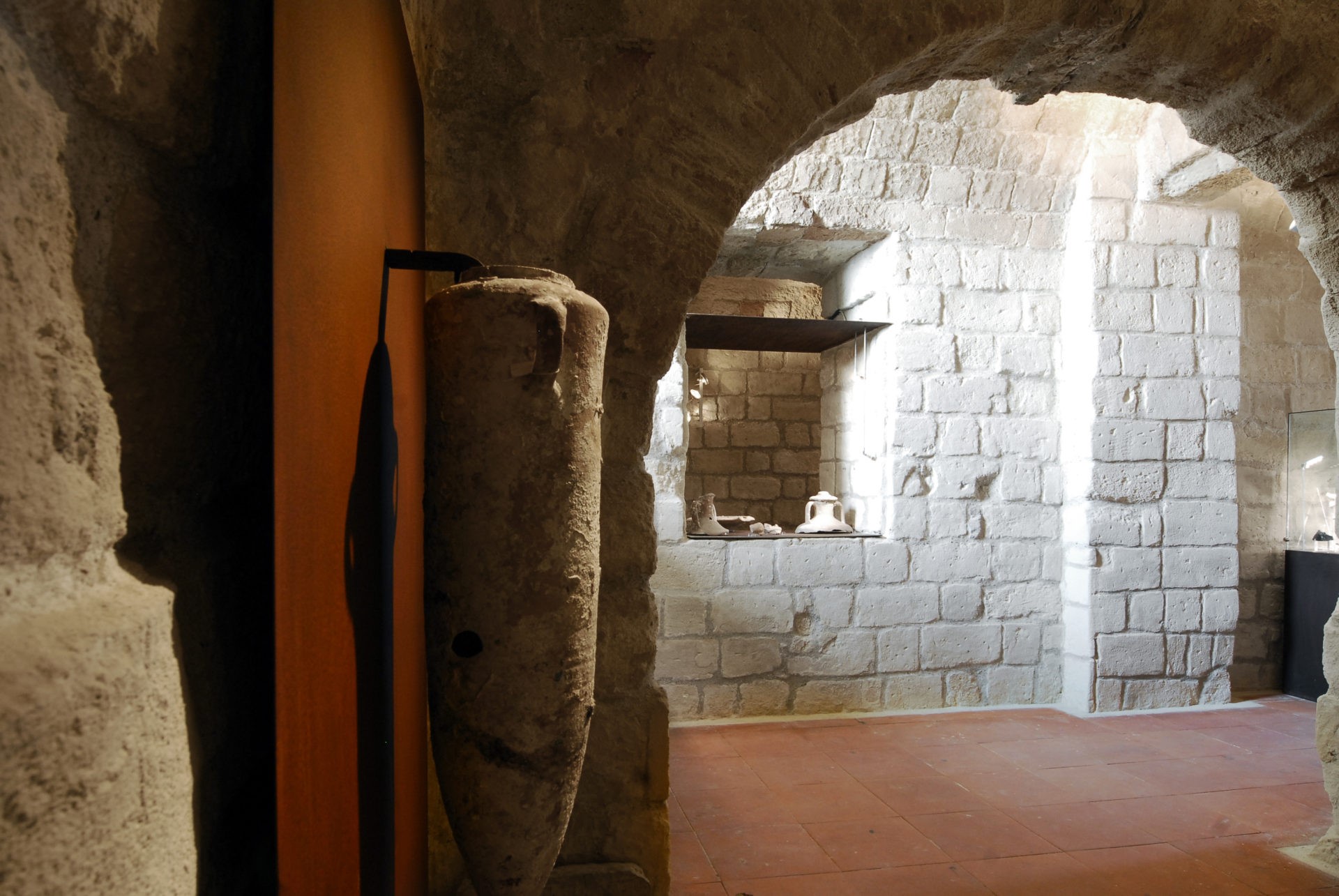
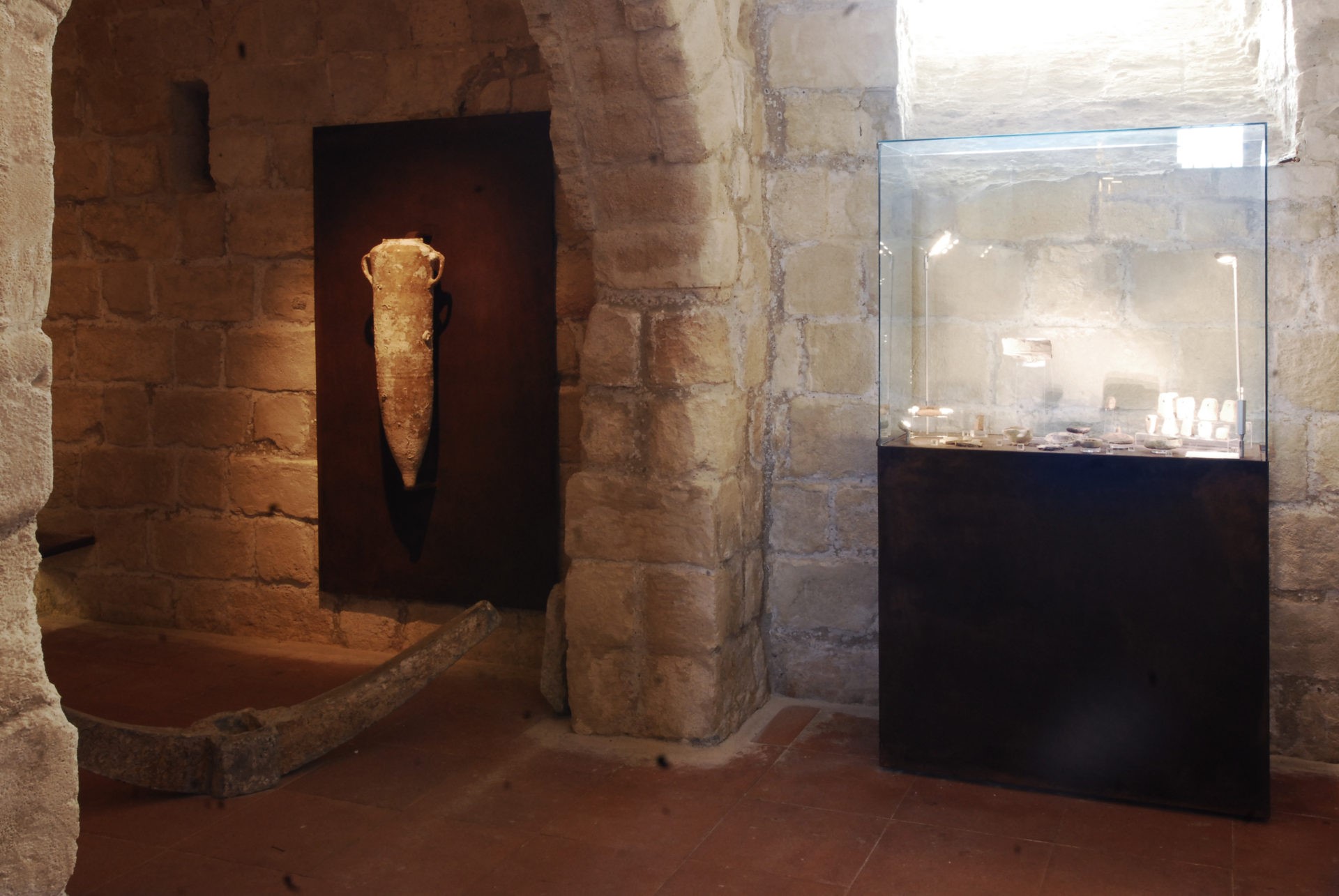
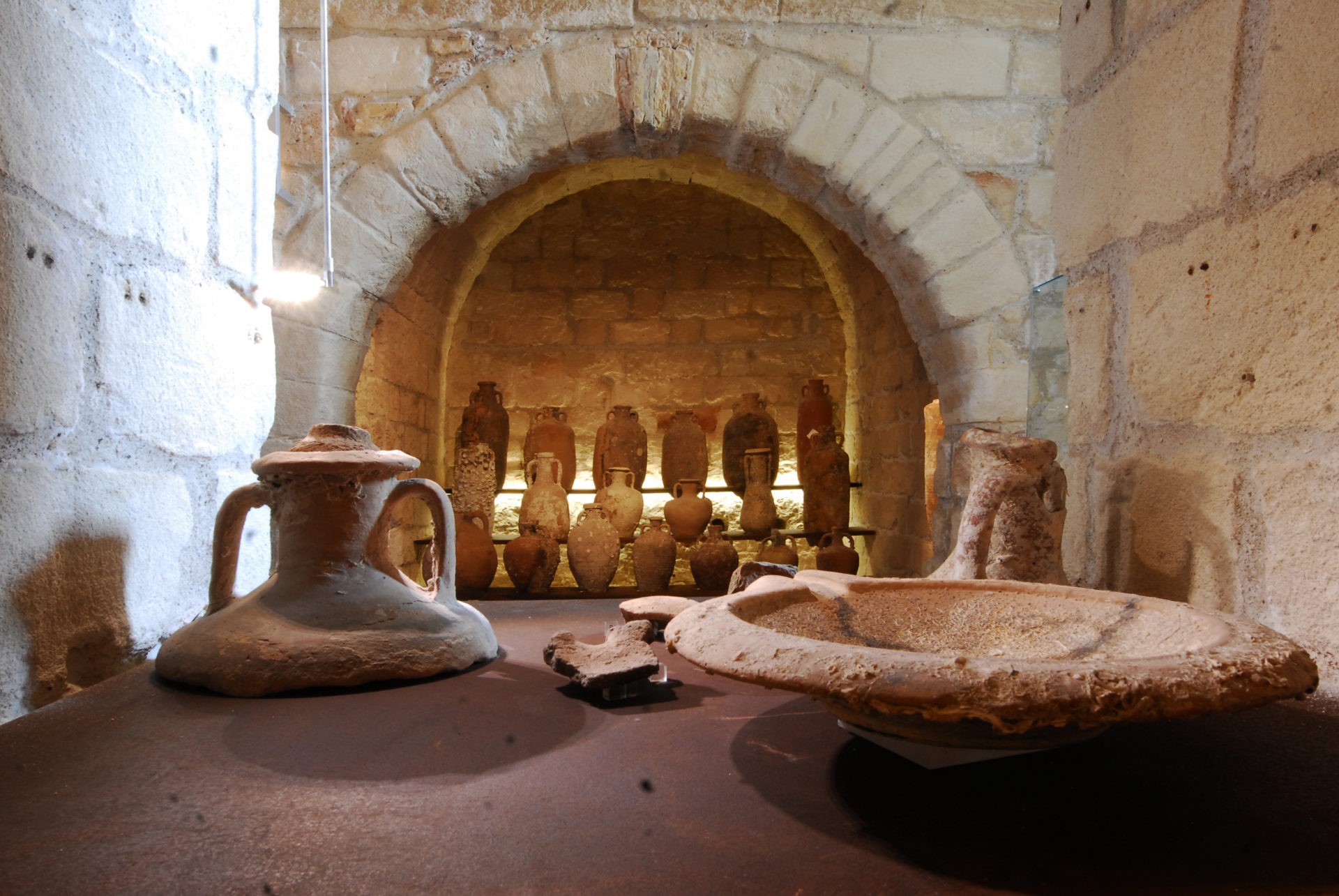
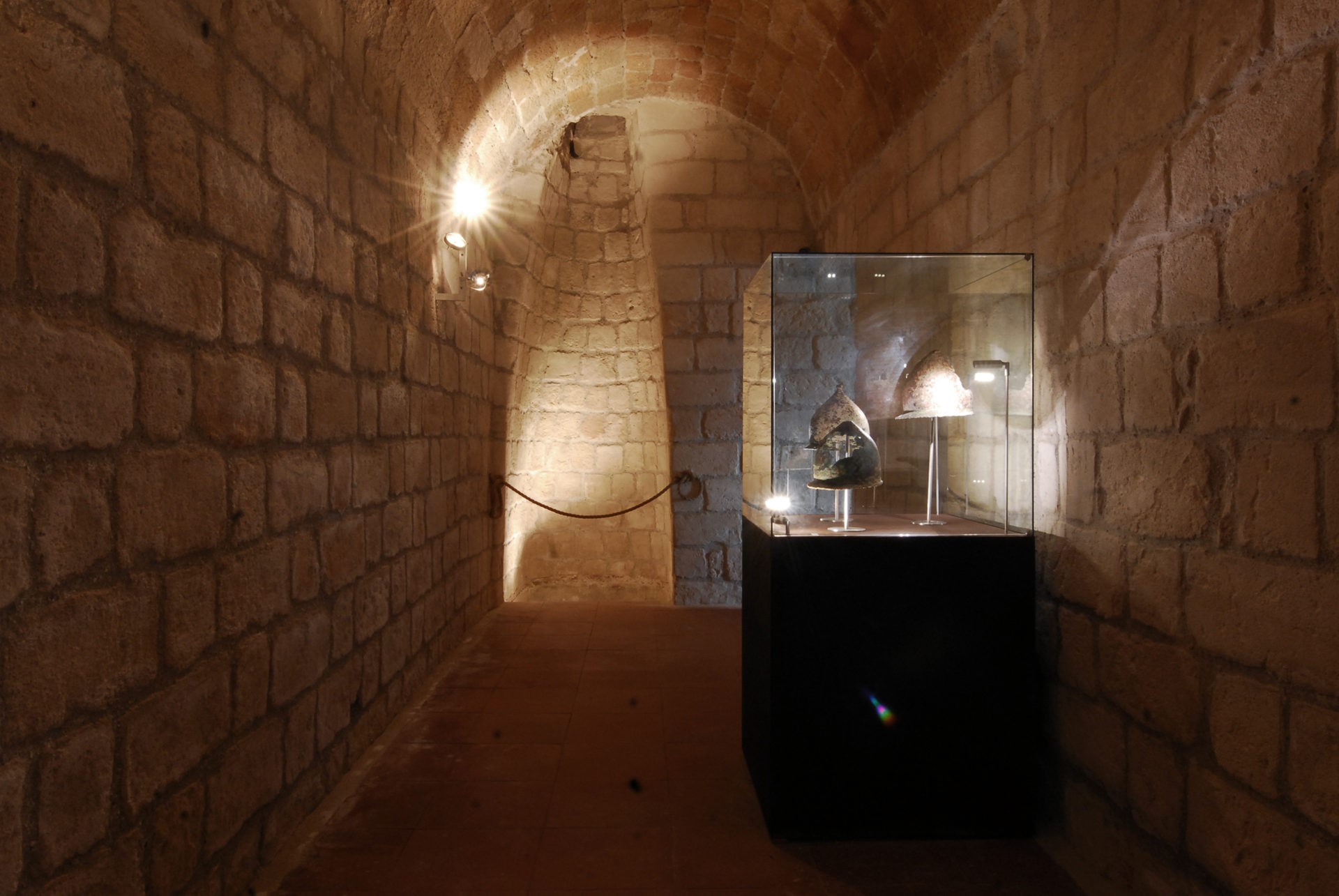
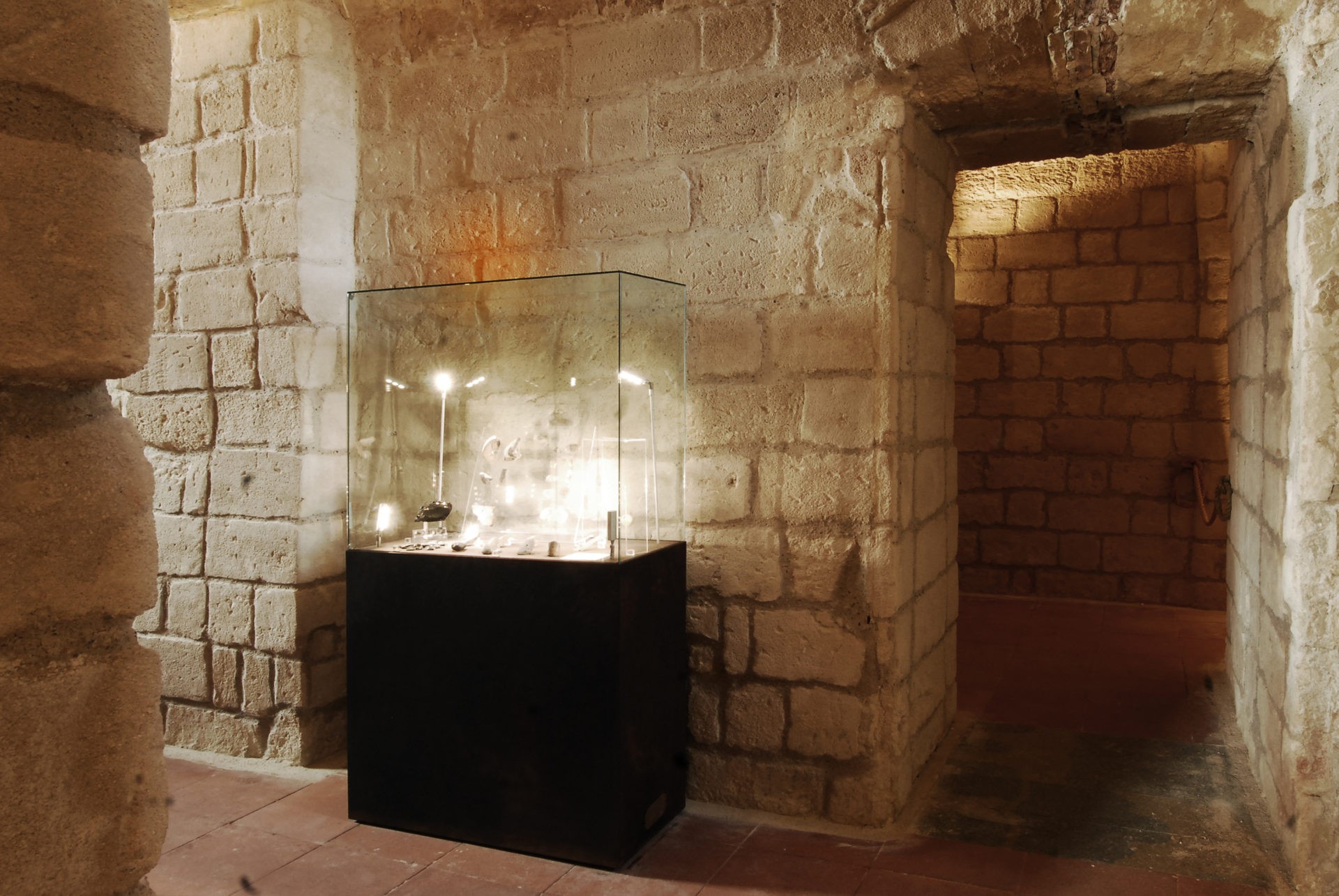
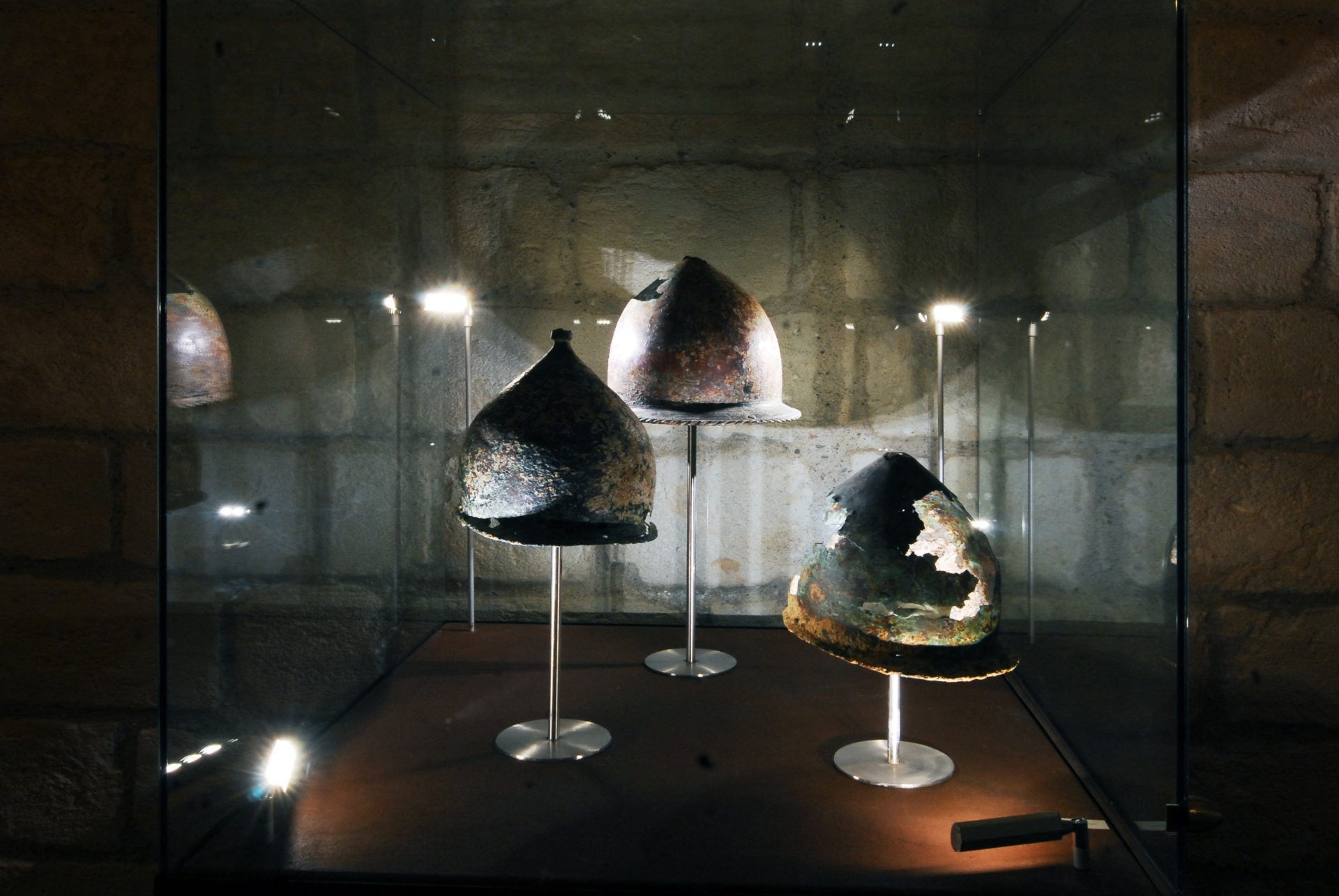
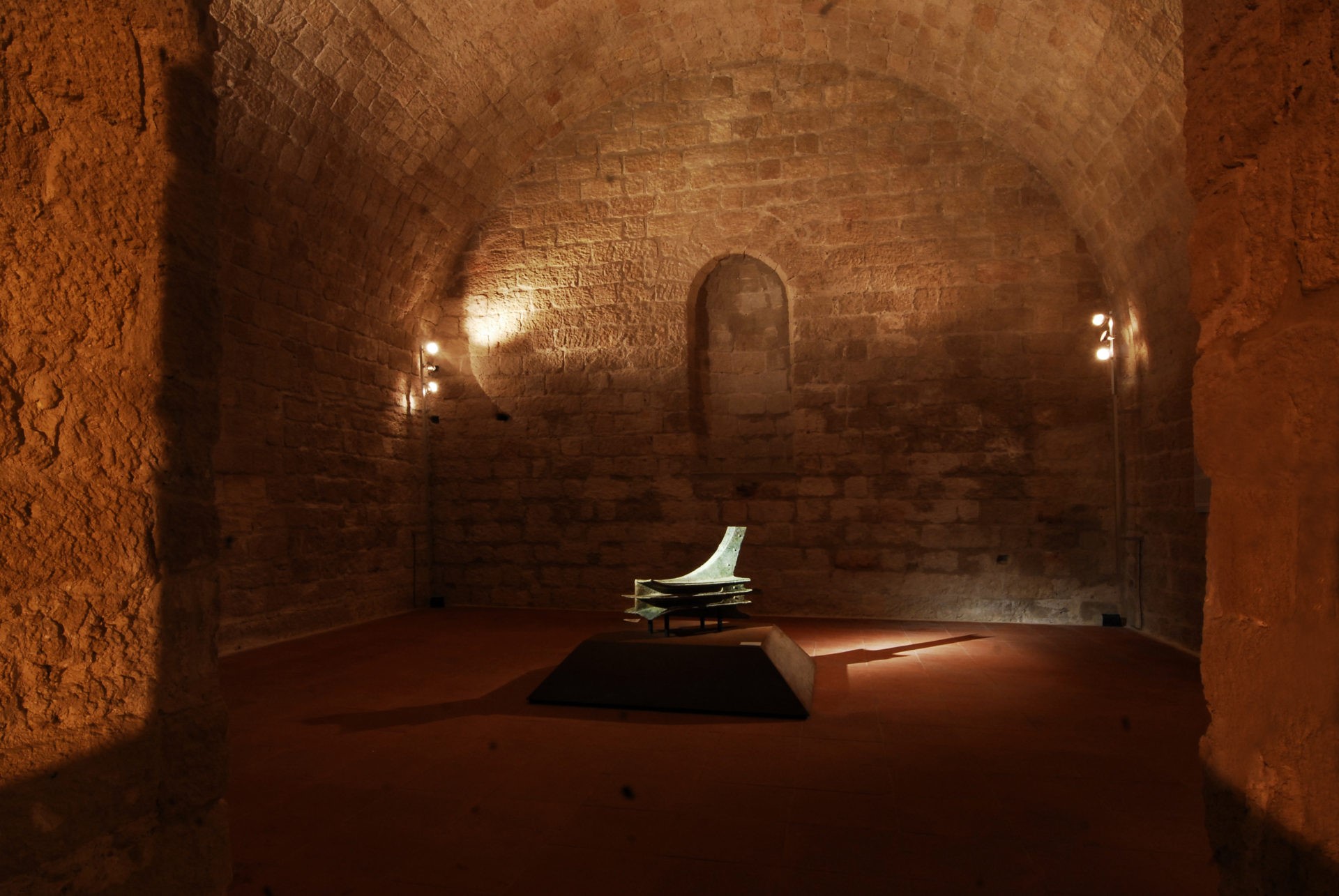
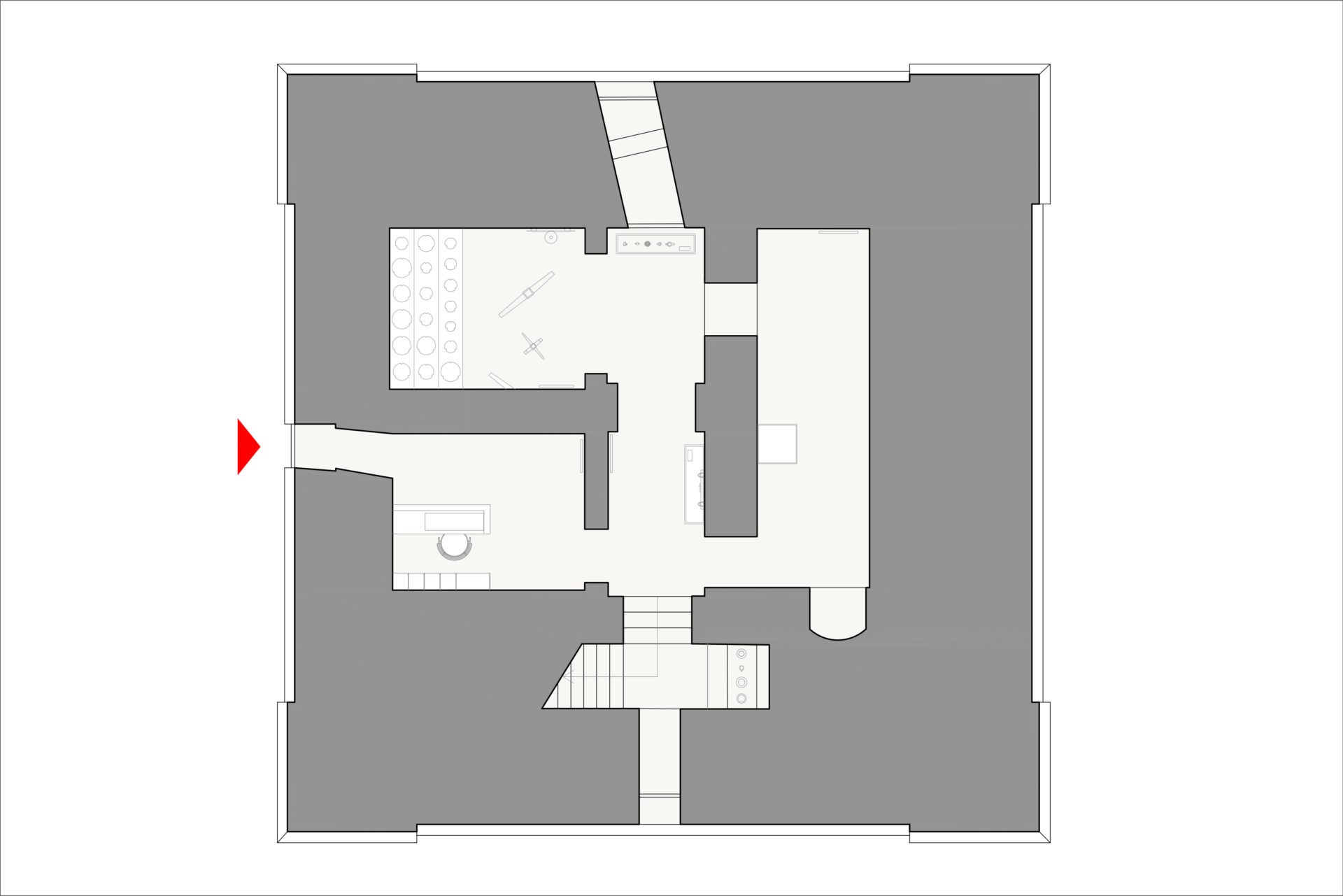
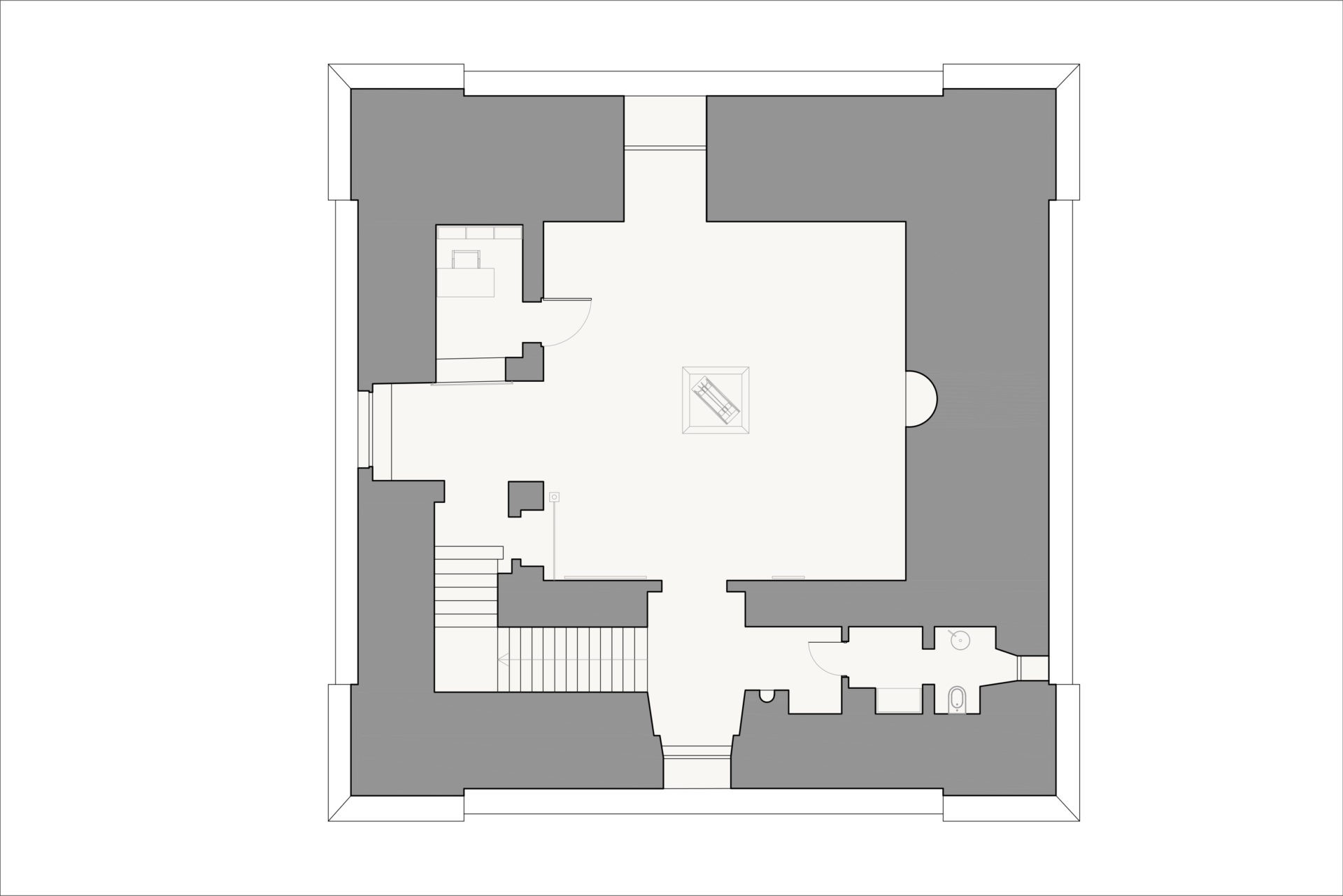
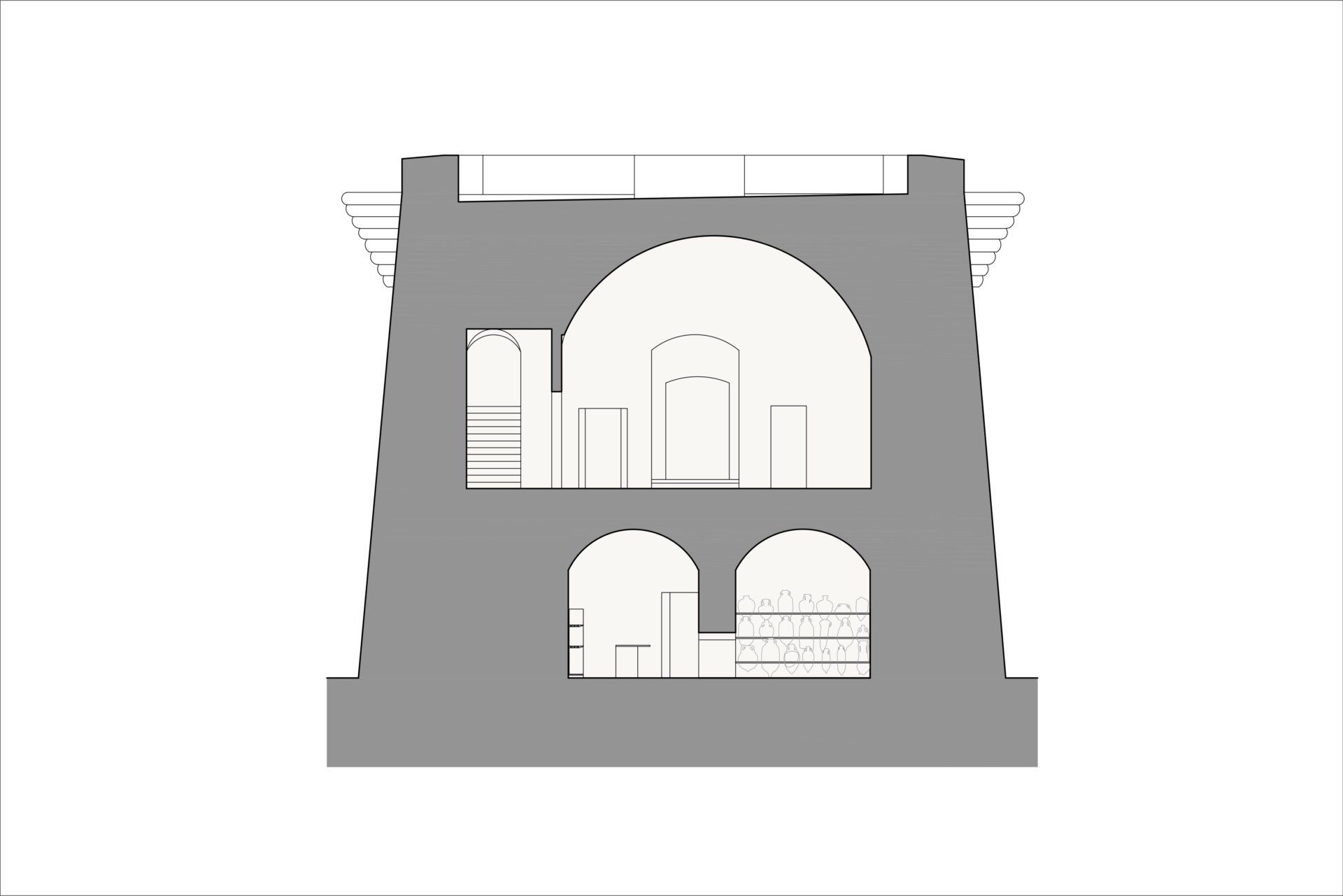
The fort was built by the architect Carlos de Grunenberg in 1671. It stands on a cliff, a memory of those essential actions for the defence of the city of Trapani against the constant pirate incursions, but also a sign of proud deeds for the protection of the territory. Its position and magnificence served both as a defence and as a reminder of the Spanish royal authority on the territory in a moment of tension and discontent among the population.
Its peculiarity clearly appears in the care of its architectural embellishment, which is not at all common in other buildings of the same period. Access to the tower was only possible by means of external ladders, thus making the building inaccessible, a common feature in other towers of the same age, This may well be a suitable explanation for the beautiful barrel vault which can be admired on the first floor in correspondence to the existing window The tower was closed for several years and now, after the completion of a thorough restoration, it has been returned to the citizens.
Today the tower of Ligny hosts a collection of archaeological finds from the territory of Trapani. Anchors and amphorae dating back to the Punic and Roman periods can be admired as well as flint and obsidian tool and artefacts, which testify for Trapani’s prehistoric period. There also are several artefacts dating back to the Elymian and the late Medieval periods. The most prestigious items are undoubtedly the Roman rostrum (on temporary display) and the Montefortino-type helmets, all dating back to the first Punic war (241 BC)
A lighting system which enhances the colour of the calcarenite has been chosen during the setting up, and display elements made of corten steel and glass have been designed, in order to bring out the beauty of the archaeological finds.
Il fortilizio, opera fortificata realizzata dall’architetto Carlos de Grunenberg nel 1671, si erge su uno scoglio, memoria di indispensabili interventi per la difesa della città di Trapani contro le continue scorribande dei pirati barbareschi, ma anche segno di un orgoglioso gesto di protezione e custodia del territorio. La posizione e la sua imponenza, se da un lato assolvevano le funzioni di difesa, dall’altro servivano a ricordare la presenza dell’autorità regia spagnola nel territorio, in un momento di particolare tensione e insoddisfazione dei cittadini.
La sua particolarità si evidenzia nella cura e nell’arricchimento architettonico, insolito per le costruzioni della stessa epoca. L’accesso alla torre era consentito soltanto dal piano superiore per mezzo di scale a pioli esterne, così come era consuetudine per altre torri della stessa epoca, in modo da renderla inaccessibile. Questo giustificherebbe la bellissima volta a botte che si trova all’interno del piano superiore in corrispondenza dell’attuale finestra.
La torre chiusa per diversi anni, dopo gli interventi di restauro, è stata restituita alla cittadinanza .
Oggi Torre di Ligny ospita una collezione di reperti archeologici legati al territorio trapanese. Si possono ammirare ancore ed anfore risalenti al periodo punico e romano, manufatti ed utensili in selce ed ossidiana che ricordano la preistoria di Trapani, diversi manufatti compresi tra il periodo elimo ed il tardo Medioevo. I pezzi più prestigiosi sono sicuramente un rostro romano (in esposizione temporanea) e degli elmi del tipo Montefortino, tutti risalenti al periodo della prima guerra punica (241 a.C.).
Per l’allestimento è stata scelta un’ illuminazione che esalta il colore della calcarenite e sono state progettati degli elementi espositivi in acciaio corten e vetro dalle linee essenziali che fanno risaltare i reperti archeologici.
CLIENT
Comune di Trapani
LOCATION
Trapani
PROJECT TEAM
ITINERA LAB ARCHITECTS
SCHEDULE
Progetto Esecutivo
Direzione Lavori
PHASE
Completed
BUDGET
100.000,00 €
SIZE
900 smq